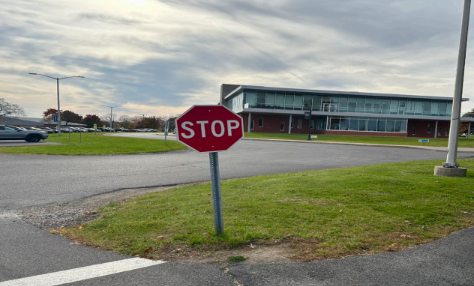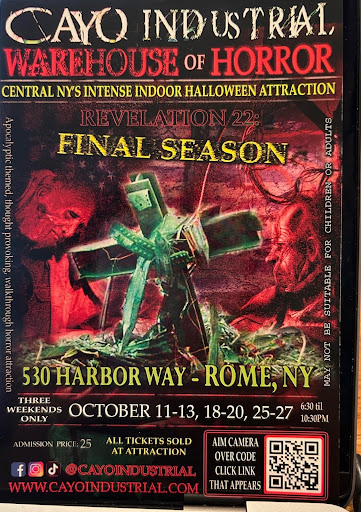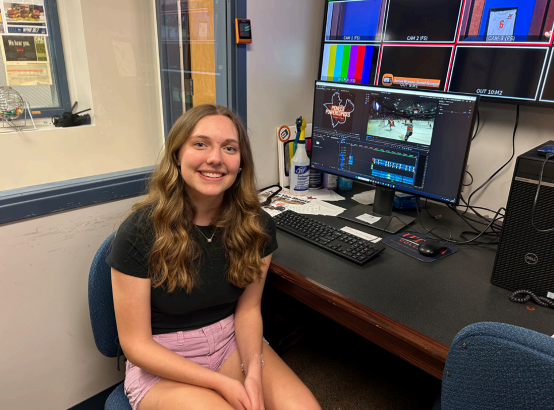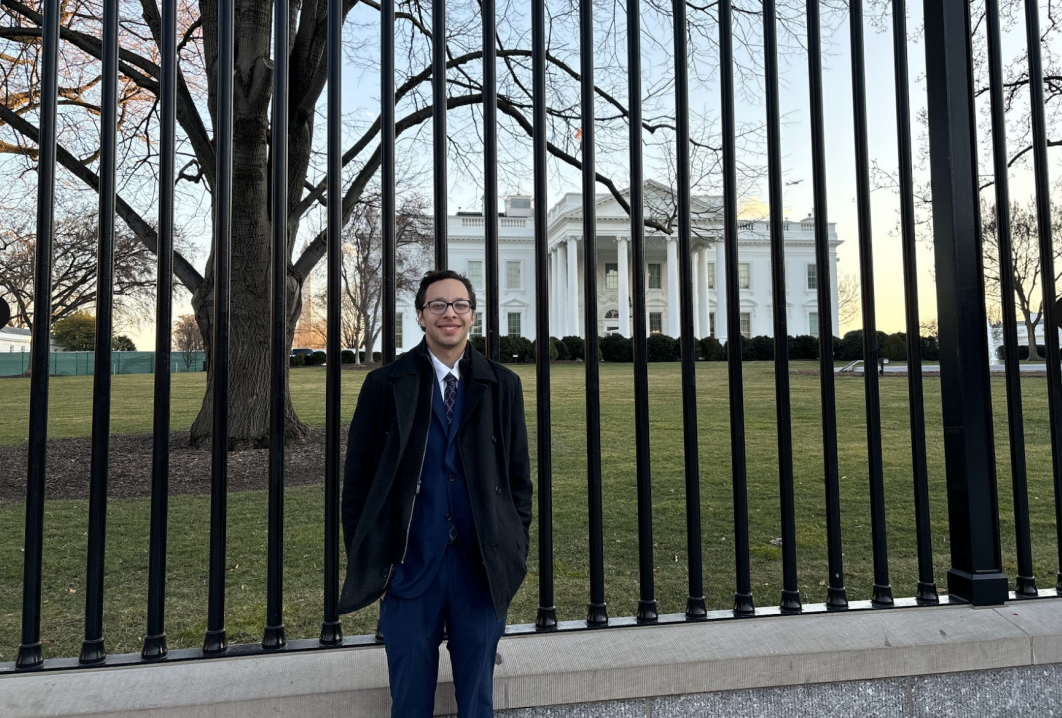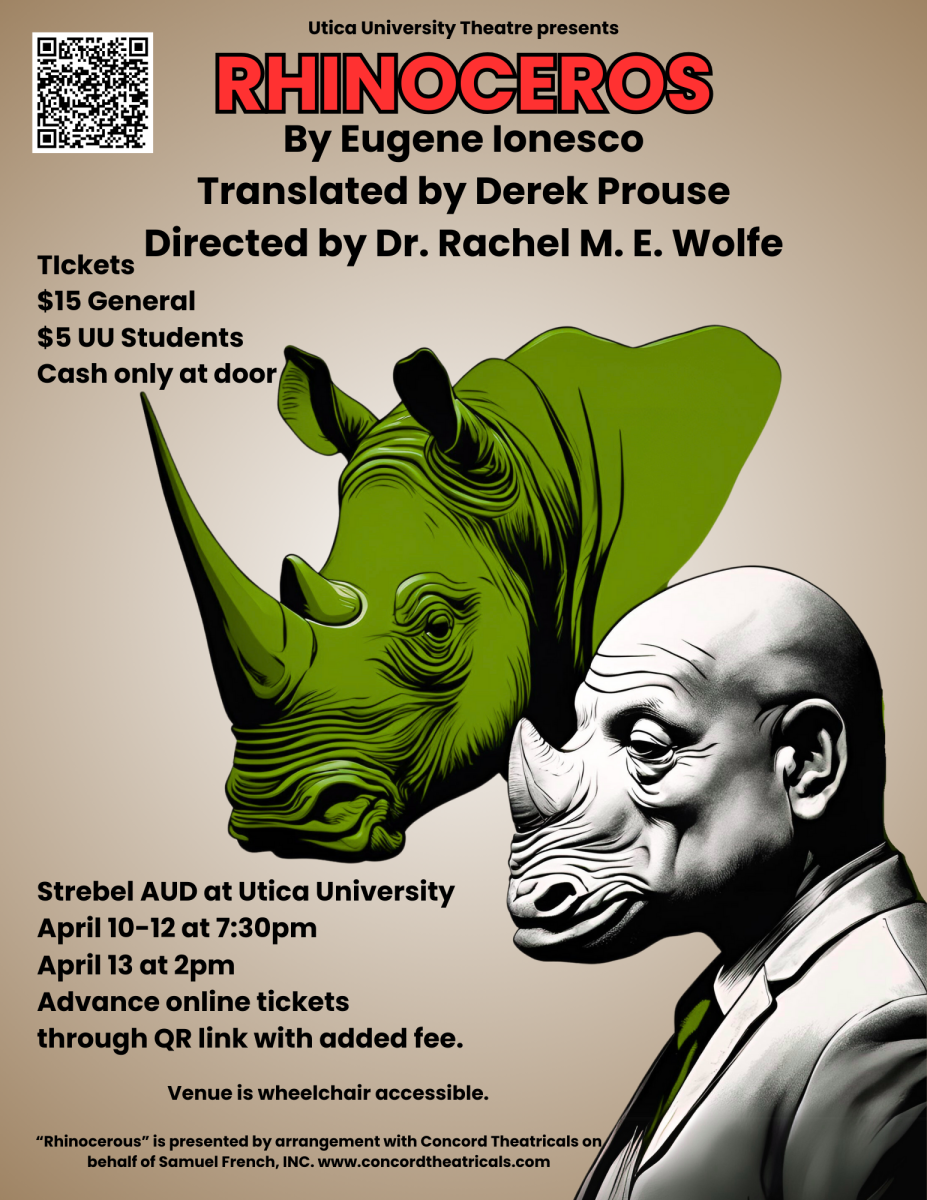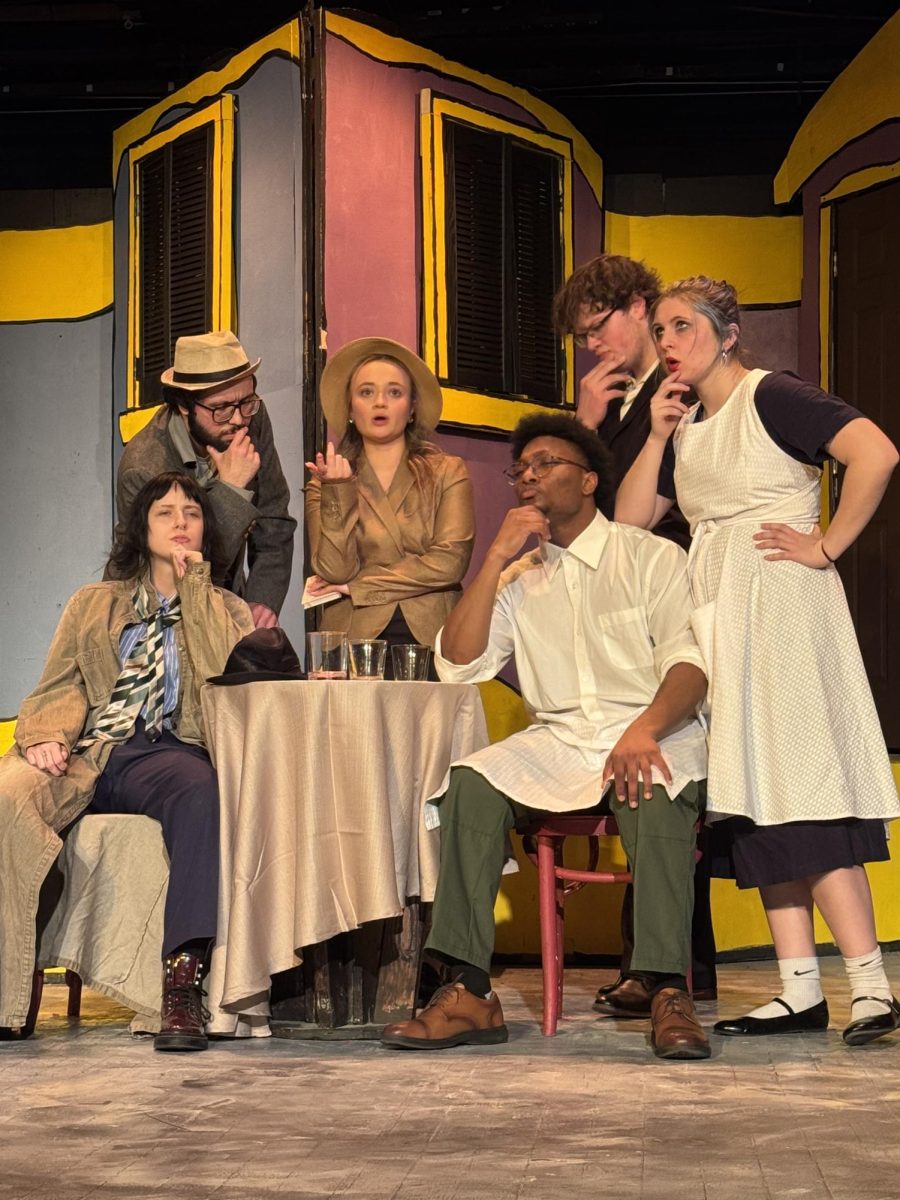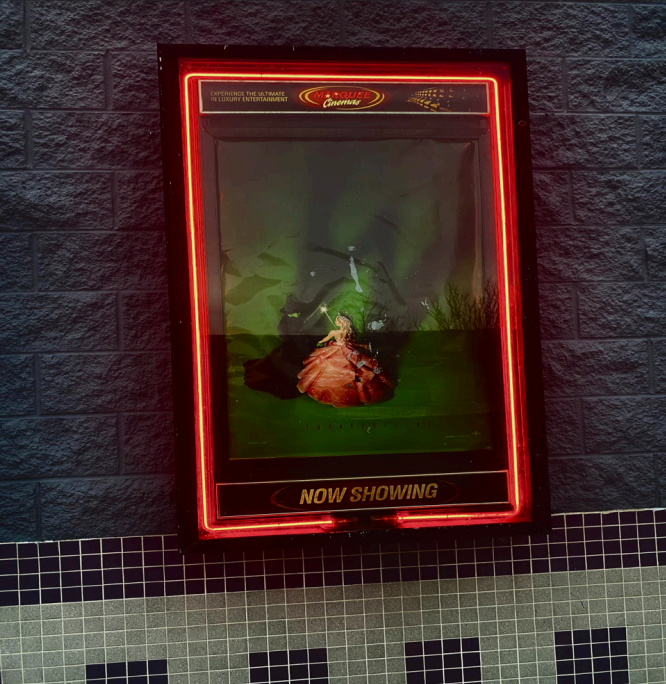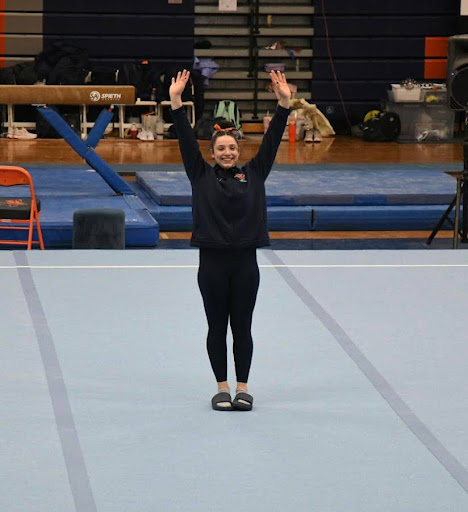‘Spring Awakening’ Review
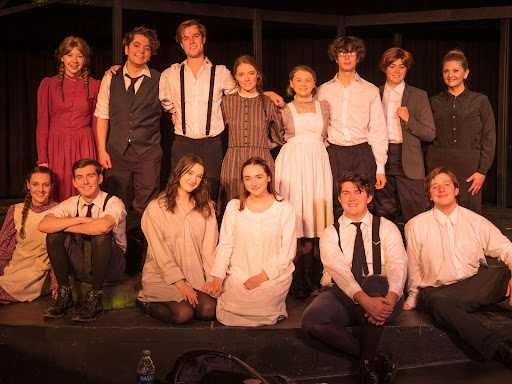
Cast photo of “Spring Awakening,” submitted by actress Hannah DeStefano.
December 10, 2021
Charlie Buckley:
From Nov. 18-20, the Theater Club at Utica College’s Pioneer Players debuted their production of the musical “Spring Awakening.”
“Spring Awakening” is a musical about teenagers discovering love and “much more,” but also tackles many dark themes in the process. For these reasons, the show was rated R on the program and posters announcing its production. Trigger warnings were given before the start of the show by the Director Mike Clark and Assistant Director Paloma Collado.
The musical is set in the time period of 1890s Germany and follows a group of teens as they not only find love within others, but tackle the darkness in some of their hearts. The dark themes in this show ranged from sexual assault, domestic abuse and suicide.
I personally believe the storyline handles too many dark themes at once. However, the musical more than makes up for it with its talented acting cast and excellent technical design. The acting for this show was done extremely well. All characters were portrayed correctly to how they are, but the actors were allowed to be unique and give their own personality spin to the characters.
One of my favorite characters, but also the hardest to watch during the show, was Moritz Steifel. Moritz was a character that strived so hard to be as good as the rest and struggled through it all only to be cast aside, treated terribly, and eventually go off the deep end. The actors worked so hard to portray and be the characters they played and it was truly amazing. Even in the hardest scenes such as Moritz’s death and Melchior Gabor discovering he lost both of the people he cared about most, Wendla and Moritz, the actors didn’t waiver and really let the tone of the scenes hit the audience.
The technical design of the show is another major plus as it not only brought life to the stage, but it also lit the scenes in a way that matched the tone. Examples of this range from the iconic red and white light changing during the song “The Dark I Know Well,” and the glowing purple light in “Song of Purple Summer.”
However, the other major tech element that gave the show life was the set. The set was fairly simple, but certain artistic additions such as green splatters for leaves and the green footsteps on the stage in the corners to represent the innocence of childhood, while the main stage that didn’t have the touch was meant to represent adulthood, was very well done.
Finally, the music was a highlight of the entire show. The music helped not only set the tone for certain scenes, but it helped drive the story along. For example, in the musical number “And Then There Were None,” the music represents the boiling point of Moritz as he was denied his one last chance to truly be free and be happy with himself.
The tone changes to more serious when the song “Don’t Do Sadness” happens, as it helps show that Moritz is now at the end of his rope and is going off the deep end and thinking he only has one option left or else nothing will change. Other musical numbers that helped set the tone for future scenes were songs such as “I Believe” and “Mama Who Bore Me,” as they helped establish the characters either acceptance of something or their stubbornness to learn more of the truth that their parents weren’t telling them.
Overall, the musical was very good. While I wasn’t a fan of the dark themes, the music, acting and technical elements made up for it. I overheard many people say they had come the night before, only to come back the night I was seeing it to watch it again because they were that impressed. This musical was a great hit and enjoyable, to say the least.
Isabella Hudziak:
I watched “Spring Awakening” on opening night and the final showing. As soon as Wendla’s chair was put on stage and the lights turned on, I was excited to see the Pioneer Players perform.
On the first night of the show, the overhead speakers emitted feedback during songs. The instrumentals to certain songs, such as the rock-inspired classroom tunes, kept cutting out. The audio was difficult to hear in certain songs, which was unfortunate since some of the choreography required headbanging and the intensity of the moments could not match the audio itself.
The lighting and set design for the show were effective for the show. The blotted green paint to represent grass and the tree shape emanated the concept of spring. Red and blue lights, especially during the duet between Moritz and Ilse, were consistent throughout the show and culminated in the final song: “Song of Purple Summer.”
However, the cast of “Spring Awakening” made the show their own with powerful vocals. When the audio cut out, the actors continued with the performance in a professional manner. At the beginning of the show, the song “Mama Who Bore Me Reprise” has the female characters sing with minimal drums in the background, and the cast was able to fill the auditorium with their voices.
Since the actors performed maskless in compliance with COVID guidelines, there was a need for facial expressions to carry emotions throughout the performance. Hannah DeStefano, the lead actress as Wendla Bergman, masterfully exposed the naïevete and turmoil of her character.
The song “Whispering” was filled to the brim with emotion. DeStefano’s voice held the notes strongly and her facial expressions conveyed the sadness and wonder of her character. Justin Jones as Melchior added to the scene with his placement across the stage, parted from Wendla as she sings about the repercussions of their relationship. The staging for the scene, with the adults in the center as Melchior’s parents reading the letter, struck me.
Understudy MaryGrace Kehrli took the role of the Adult Woman for each show in place of the casted actress. Her ability to perform the role of several adults, including Wendla’s mother and the school teacher, on short notice was impressive. She brought a sense of poise and superiority to each character and blended wonderfully with Dante Palumbo.
Overall, the show was performed respectfully to the subject matter and the talents of the cast outshone everything else. The harmonies and duets were strong and the emotions from each actor added layers to the performance.

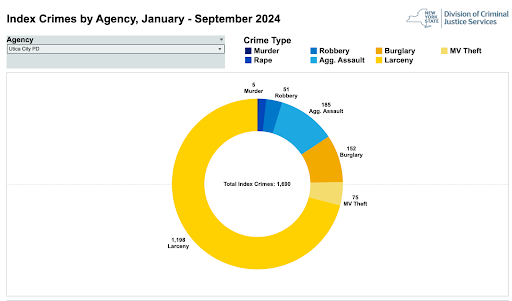













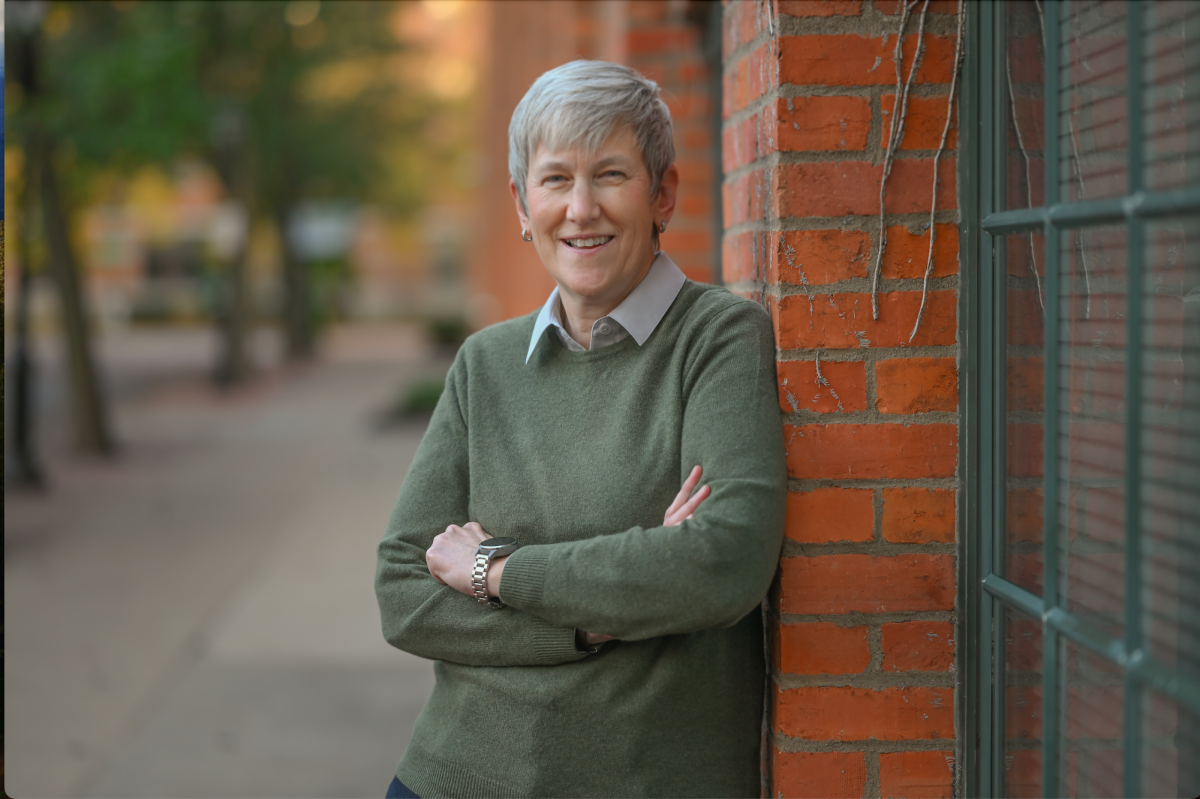


![President Todd Pfannestiel poses with Jeremy Thurston chairperson Board of Trustees [left] and former chairperson Robert Brvenik [right] after accepting the university's institutional charter.](https://uticatangerine.com/wp-content/uploads/2023/10/unnamed.jpeg)



